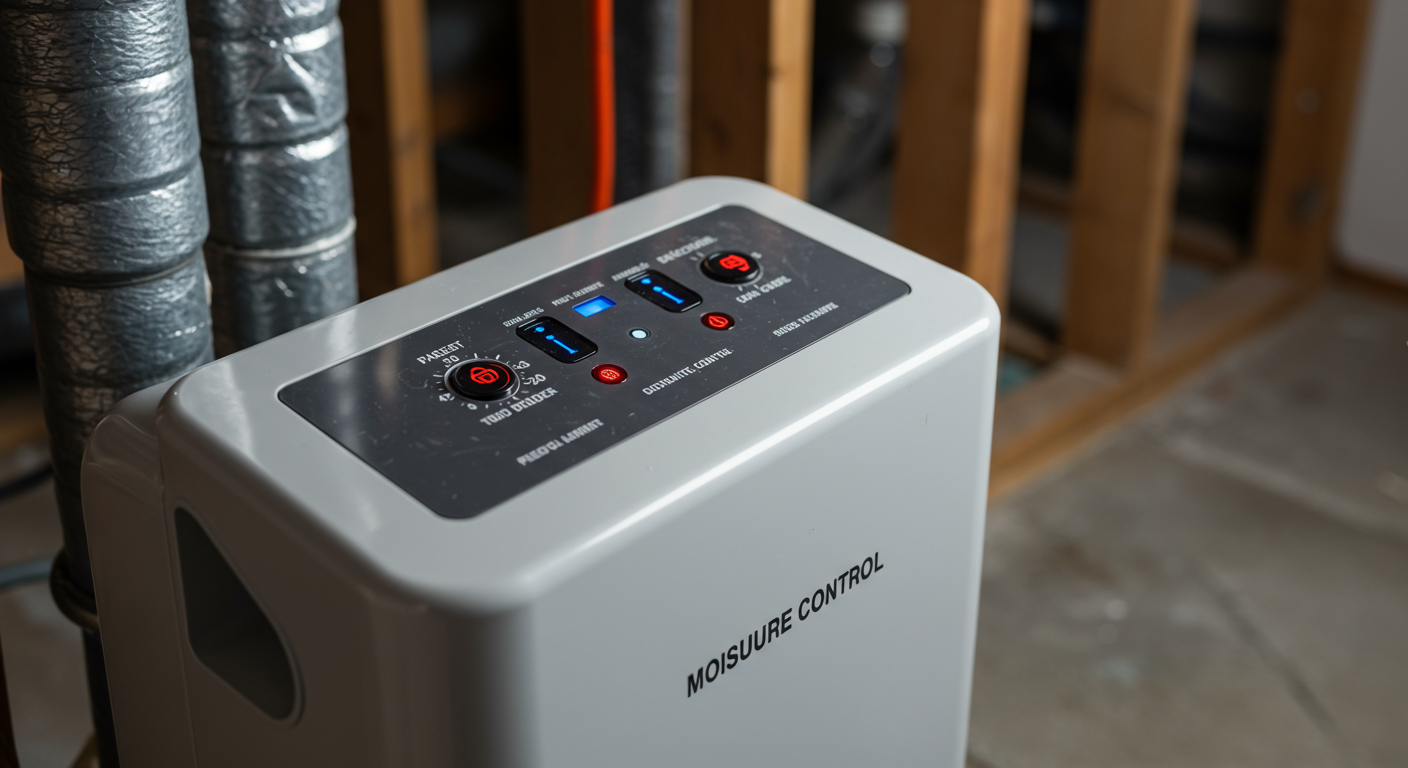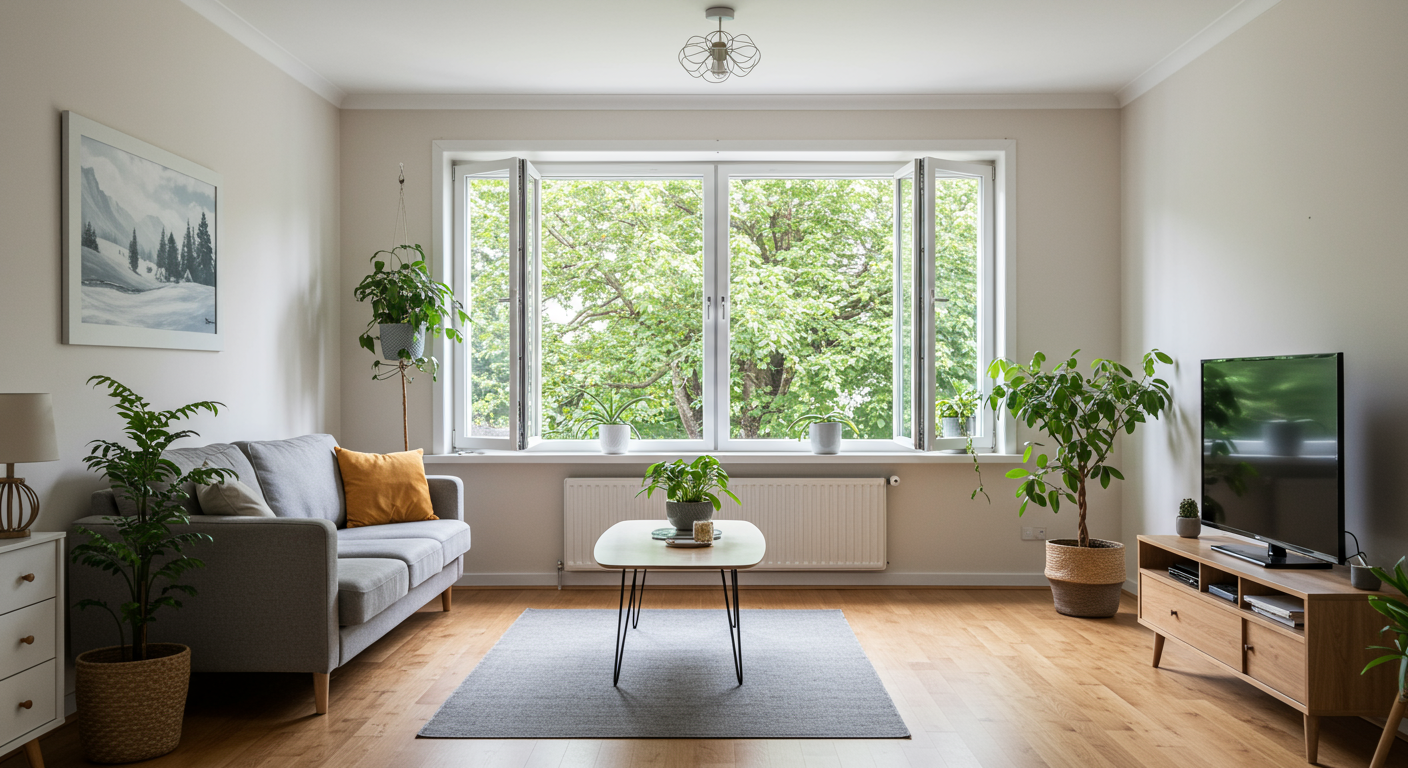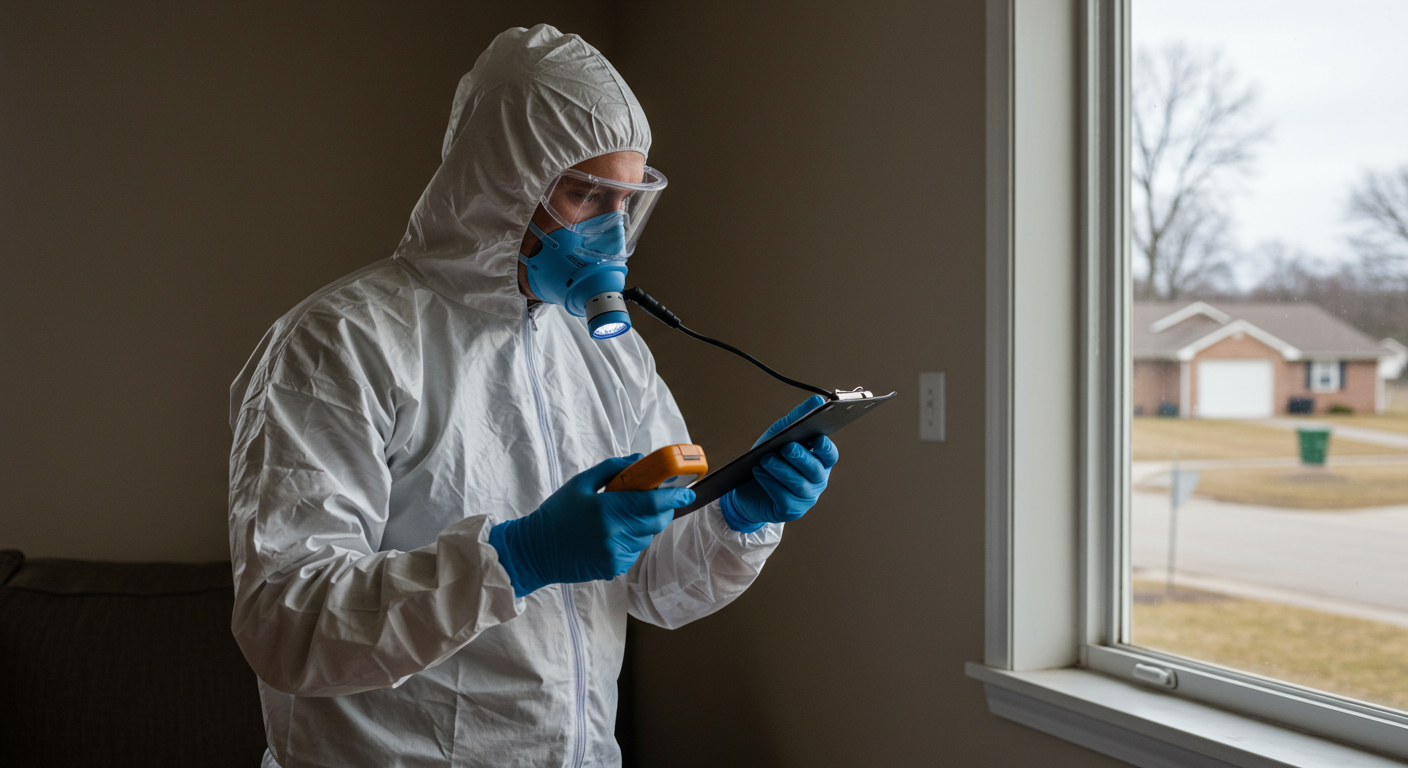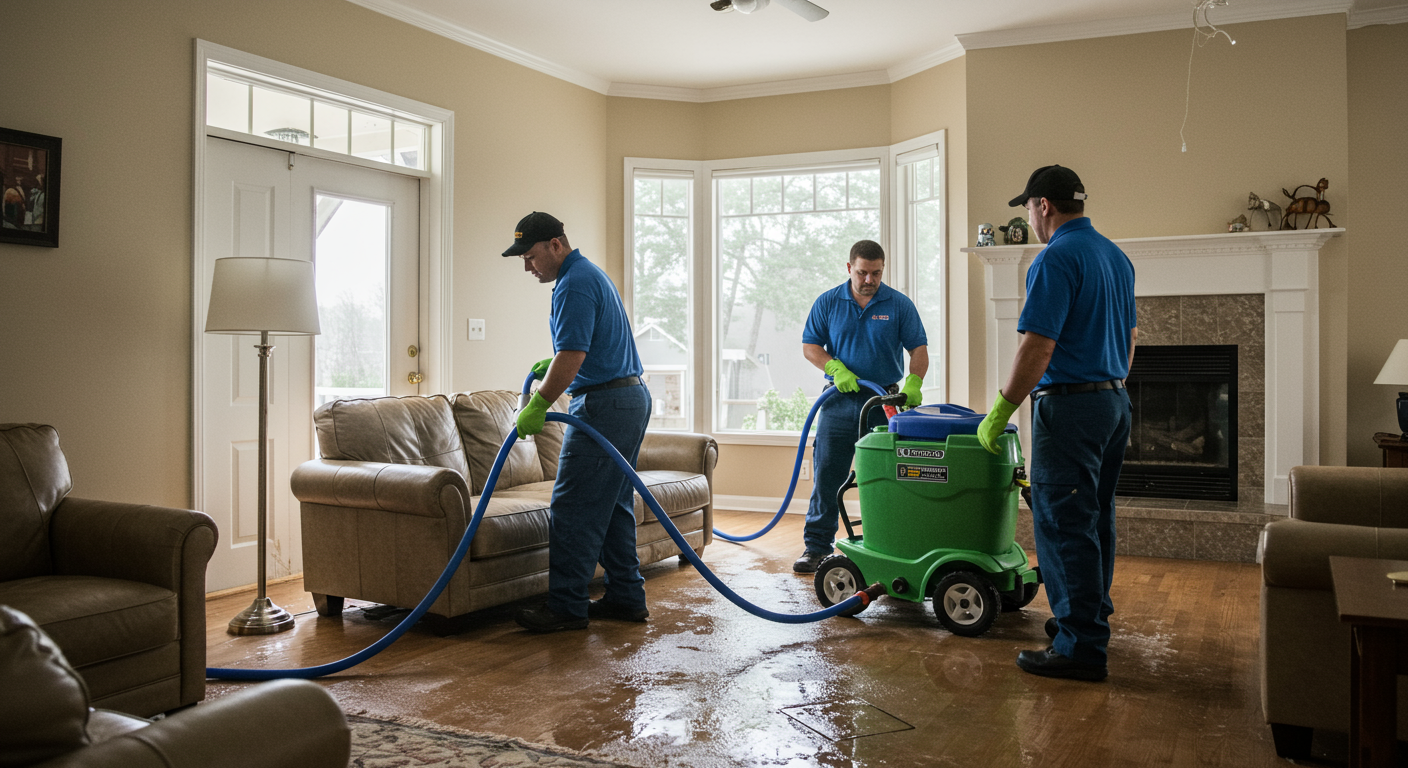Mold is a common issue that many homeowners in Tulsa, OK, face, especially in humid environments. Left unchecked, mold can lead to serious health risks and structural damage to your home. Fortunately, the Environmental Protection Agency (EPA) provides detailed guidelines for effective mold remediation. This article will explore these guidelines and offer practical advice to help you maintain a safe and healthy living space.
Understanding Mold and Its Health Risks
Overview of Mold Types and Common Sources
Mold thrives in damp and humid conditions, making it a frequent problem in areas like basements, bathrooms, and kitchens. Common types of mold include Aspergillus, Cladosporium, and Stachybotrys (commonly known as black mold). These fungi grow on various surfaces such as wood, drywall, and carpets when moisture is present. Leaky roofs, poor ventilation, and plumbing issues are some of the primary sources of mold growth in homes.
Health Effects of Mold Exposure
Exposure to mold can lead to a range of health issues, particularly for individuals with allergies, asthma, or weakened immune systems. Common symptoms include nasal congestion, coughing, skin irritation, and respiratory problems. Prolonged exposure can exacerbate these conditions, making it essential to address mold issues promptly. Following EPA guidelines ensures that remediation is both effective and safe for all household members.
Key Steps for Effective Mold Remediation
Assessing the Mold Problem
The first step in mold remediation is identifying the extent of the problem. Conduct a thorough inspection of your home, focusing on areas prone to moisture. Look for visible signs of mold, such as discoloration or a musty odor. In some cases, professional mold assessment services may be necessary to determine the severity of the issue.
Planning and Executing Remediation
Once you’ve assessed the problem, the next step is to create a remediation plan. This involves isolating the affected area to prevent mold spores from spreading. Remove and dispose of mold-infested materials like carpets and drywall. Clean hard surfaces with EPA-recommended cleaning agents and ensure the area is thoroughly dried to prevent regrowth.
Personal Protective Equipment (PPE) Recommendations
Safety is paramount during mold remediation. The EPA recommends wearing personal protective equipment (PPE), including gloves, goggles, and N95 respirators, to minimize exposure to mold spores. Proper ventilation is also crucial to ensure that airborne spores are expelled from the home during the cleaning process.
Preventing Mold Growth in Your Home
Importance of Moisture Control
Moisture control is the cornerstone of mold prevention. Regularly inspect your home for leaks and repair them promptly. Use dehumidifiers in areas prone to dampness, such as basements, to maintain optimal humidity levels. Keeping your home dry is the most effective way to prevent mold growth.

Tips for Maintaining Indoor Air Quality
Good indoor air quality is essential for a healthy home environment. Regularly clean and replace HVAC filters to reduce the circulation of mold spores. Avoid using carpets in areas prone to moisture and opt for mold-resistant materials when renovating or building.
Strategies for Improving Ventilation
Proper ventilation helps reduce humidity levels and prevents mold growth. Use exhaust fans in bathrooms and kitchens to expel moisture-laden air. Ensure that your home’s ventilation system is functioning efficiently to maintain a consistent flow of fresh air.
Resources and Support for Mold Issues in Tulsa
Local Health Department Contacts
Tulsa residents can access valuable resources and support through local health departments. These organizations provide guidance on mold remediation and can connect you with certified professionals for more complex cases.
Additional EPA Resources and Guidelines
The EPA website offers a wealth of information on mold remediation, including detailed guidelines and best practices. These resources are invaluable for homeowners looking to address mold issues effectively and safely.
Community Support and Professional Services
If you’re dealing with a severe mold problem, consider hiring professional mold remediation services in Tulsa. Companies specializing in mold mitigation offer comprehensive solutions tailored to your specific needs. For more information, check out Expert Mold Mitigation Near Me in Tulsa, OK: Comprehensive Guide to Safe and Effective Solutions or Comprehensive Mold Mitigation Services in Tulsa, OK: Protect Your Home and Health.
By following the EPA guidelines for mold remediation in Tulsa, OK, you can protect your home and family from the harmful effects of mold. Whether you’re addressing a minor issue or tackling a major infestation, these steps will help you achieve a safe and healthy living environment. For additional support, explore local resources and professional services to ensure the job is done right.


